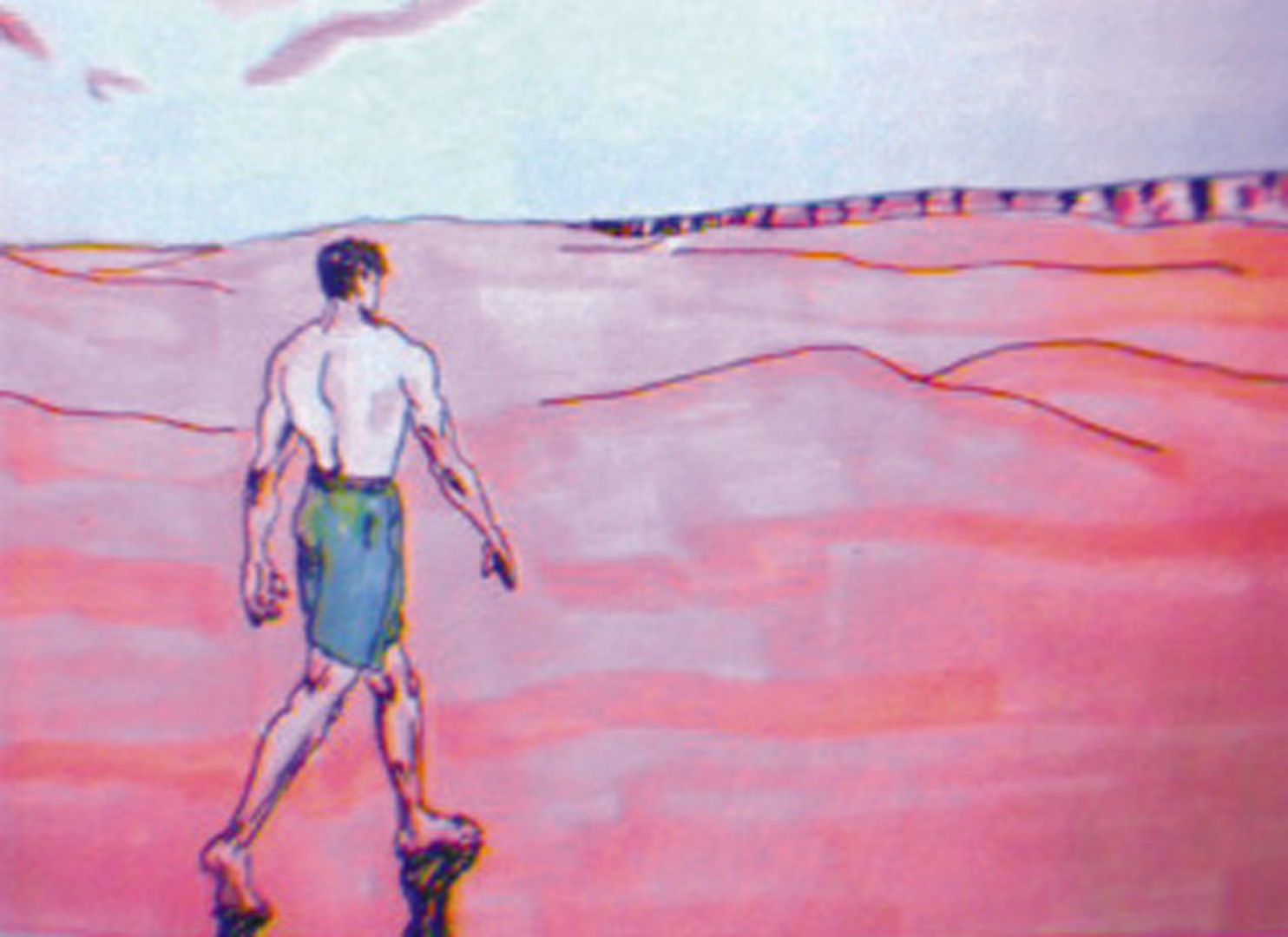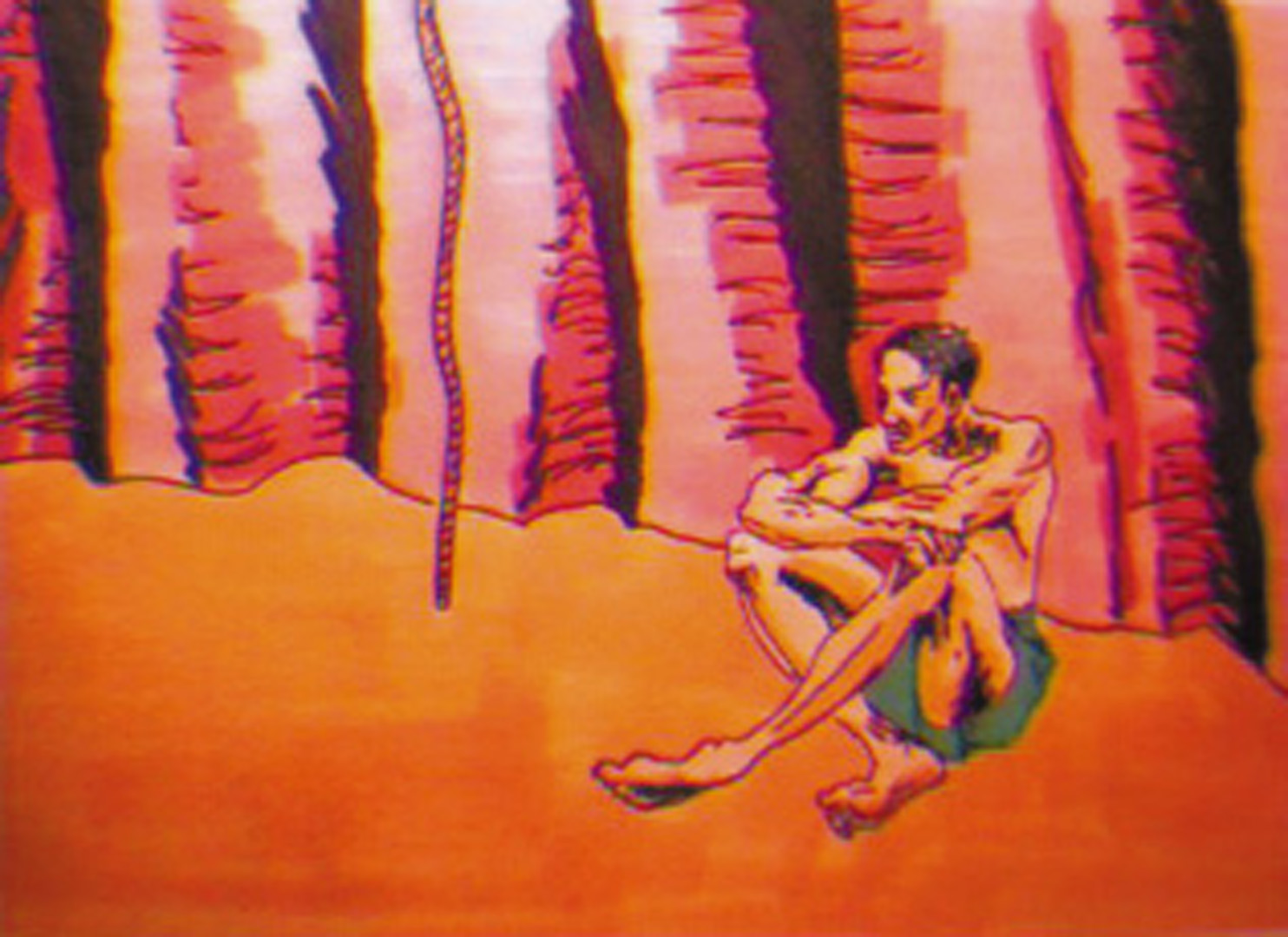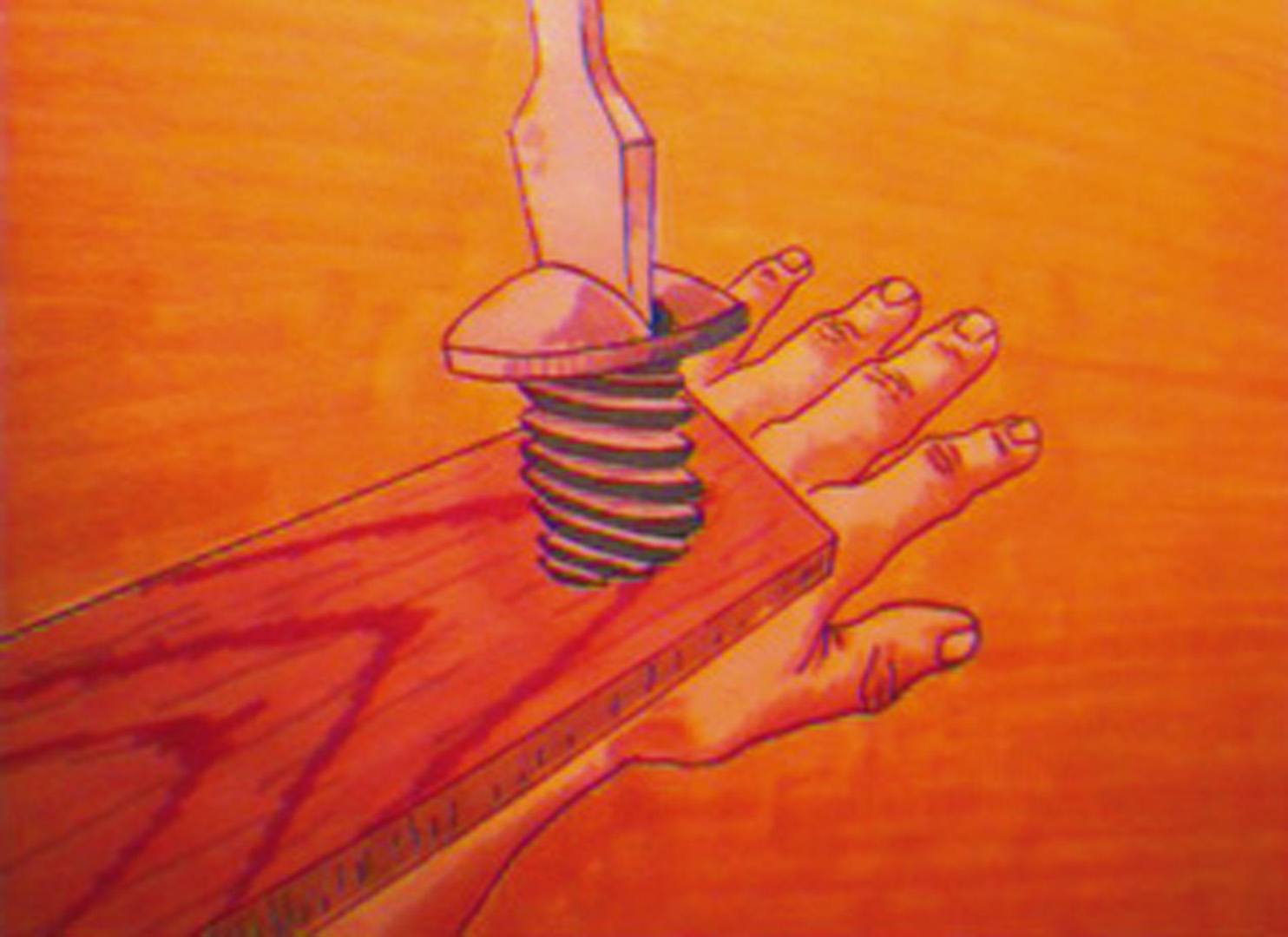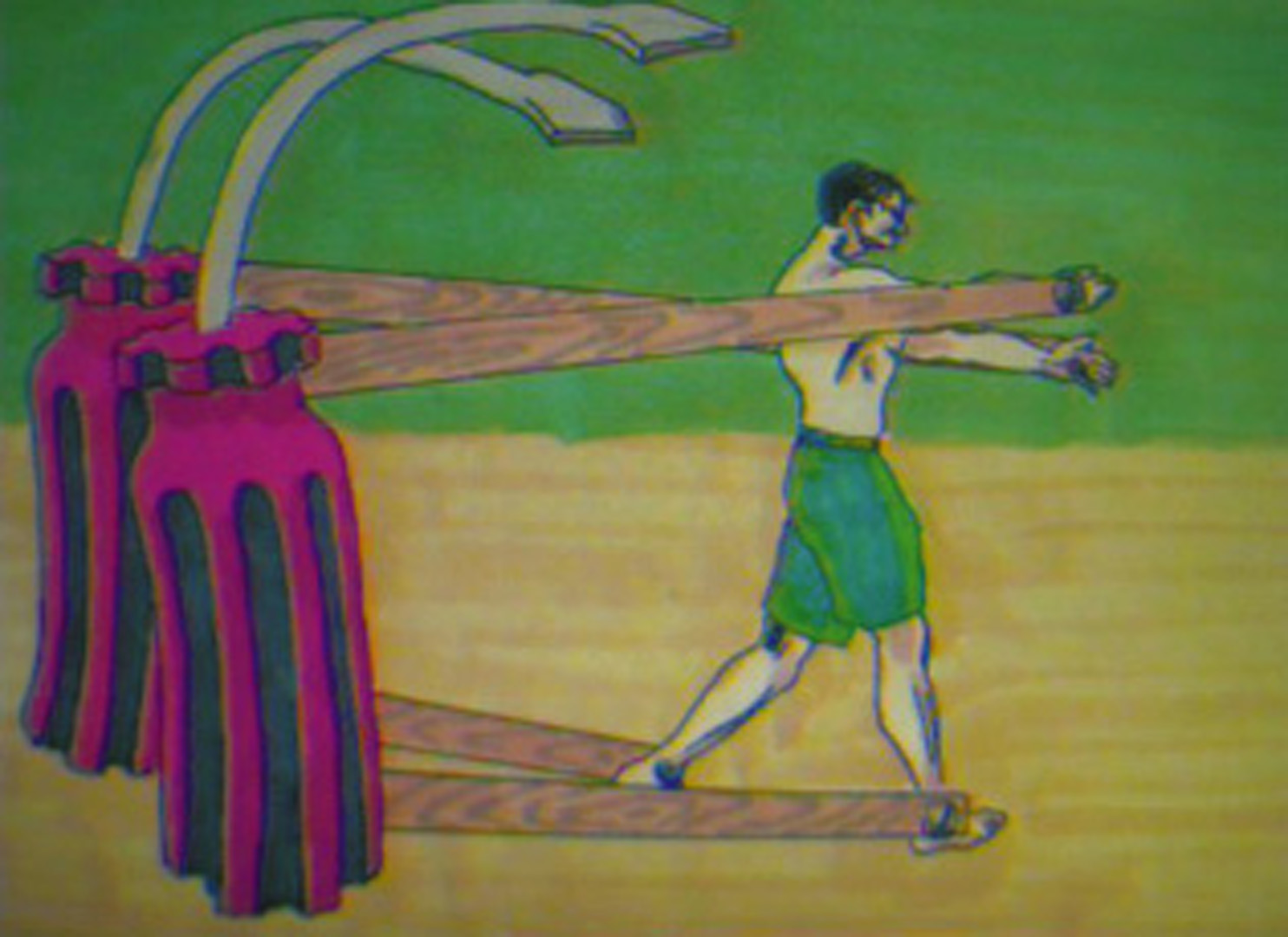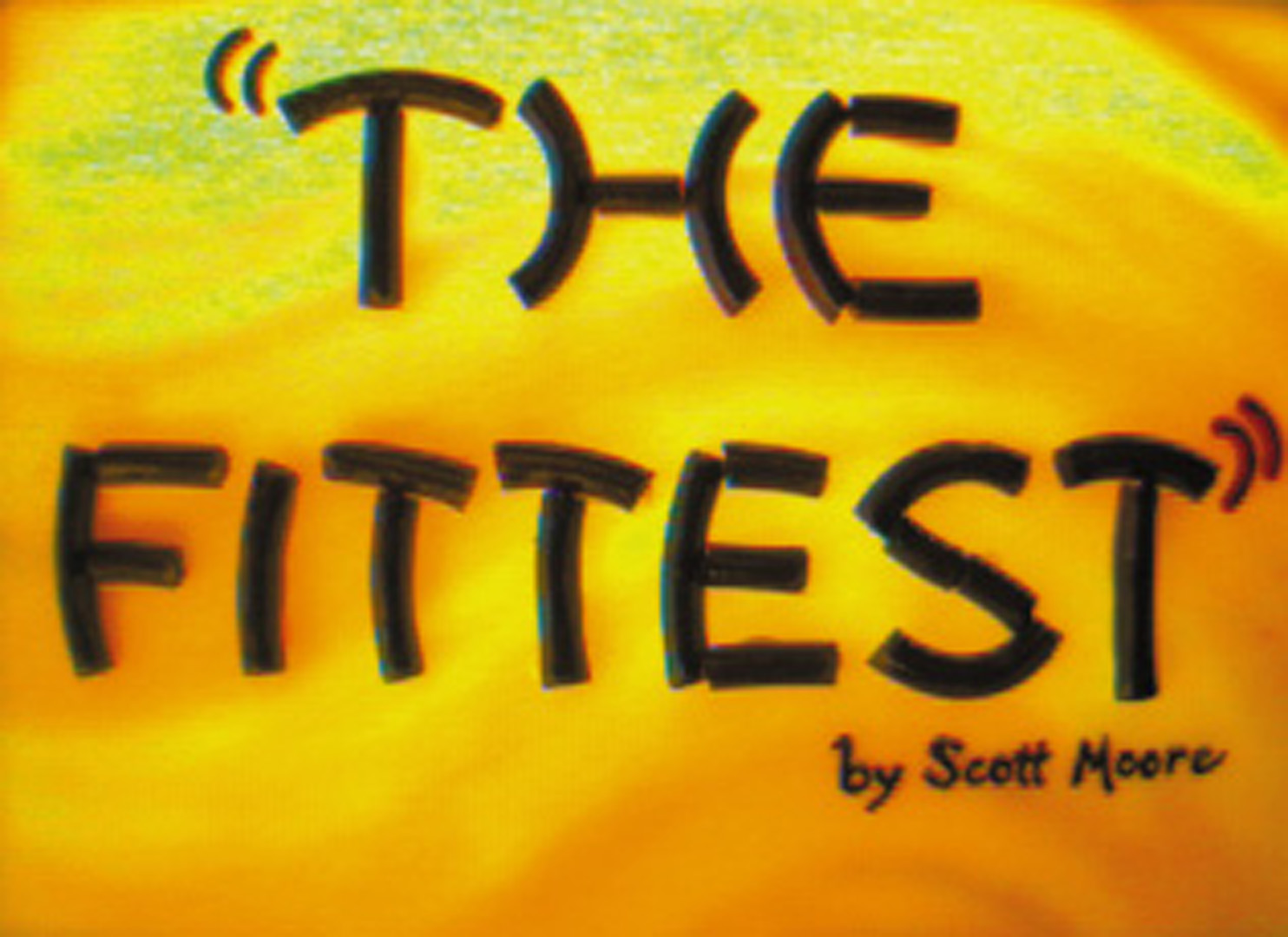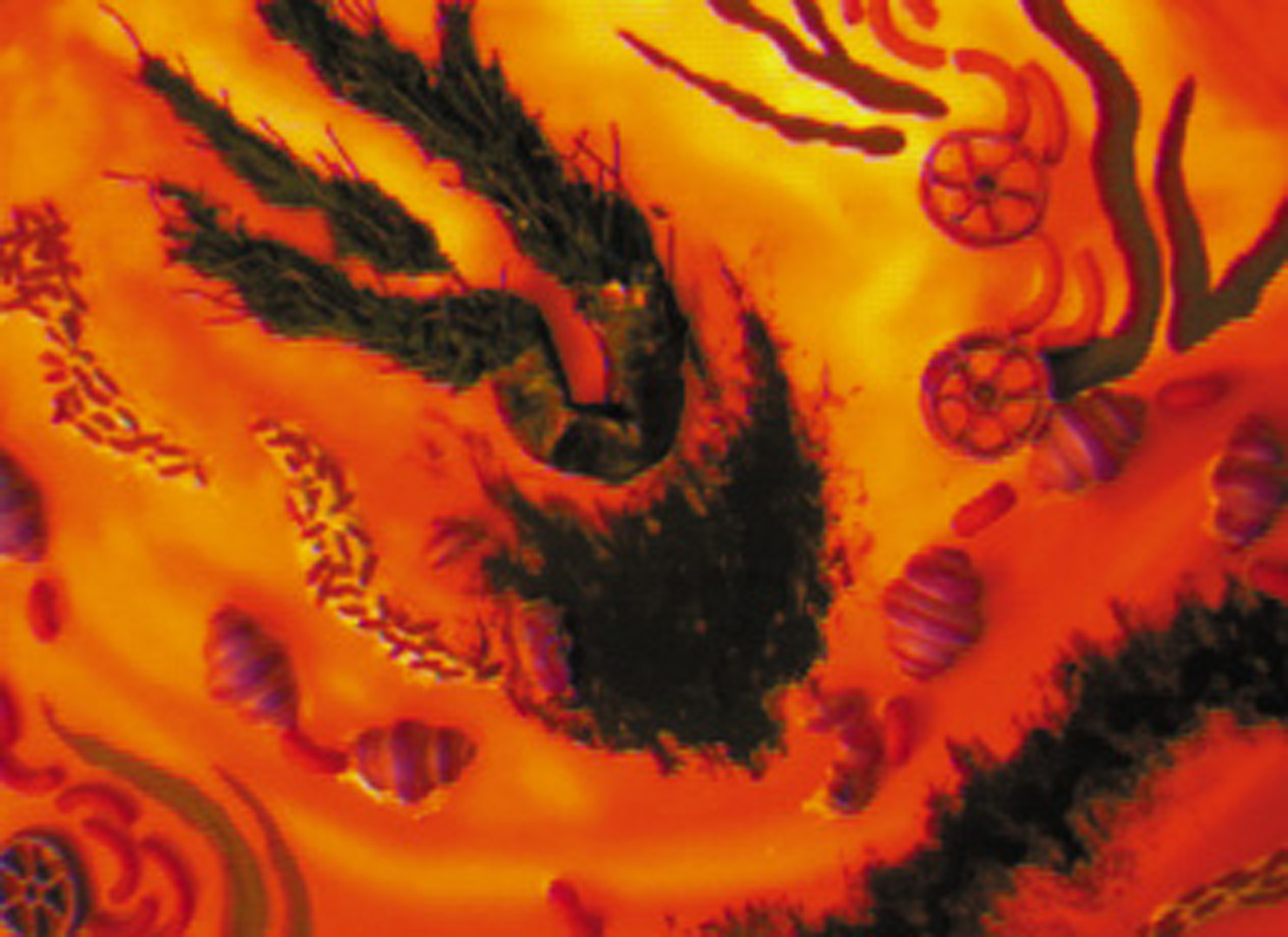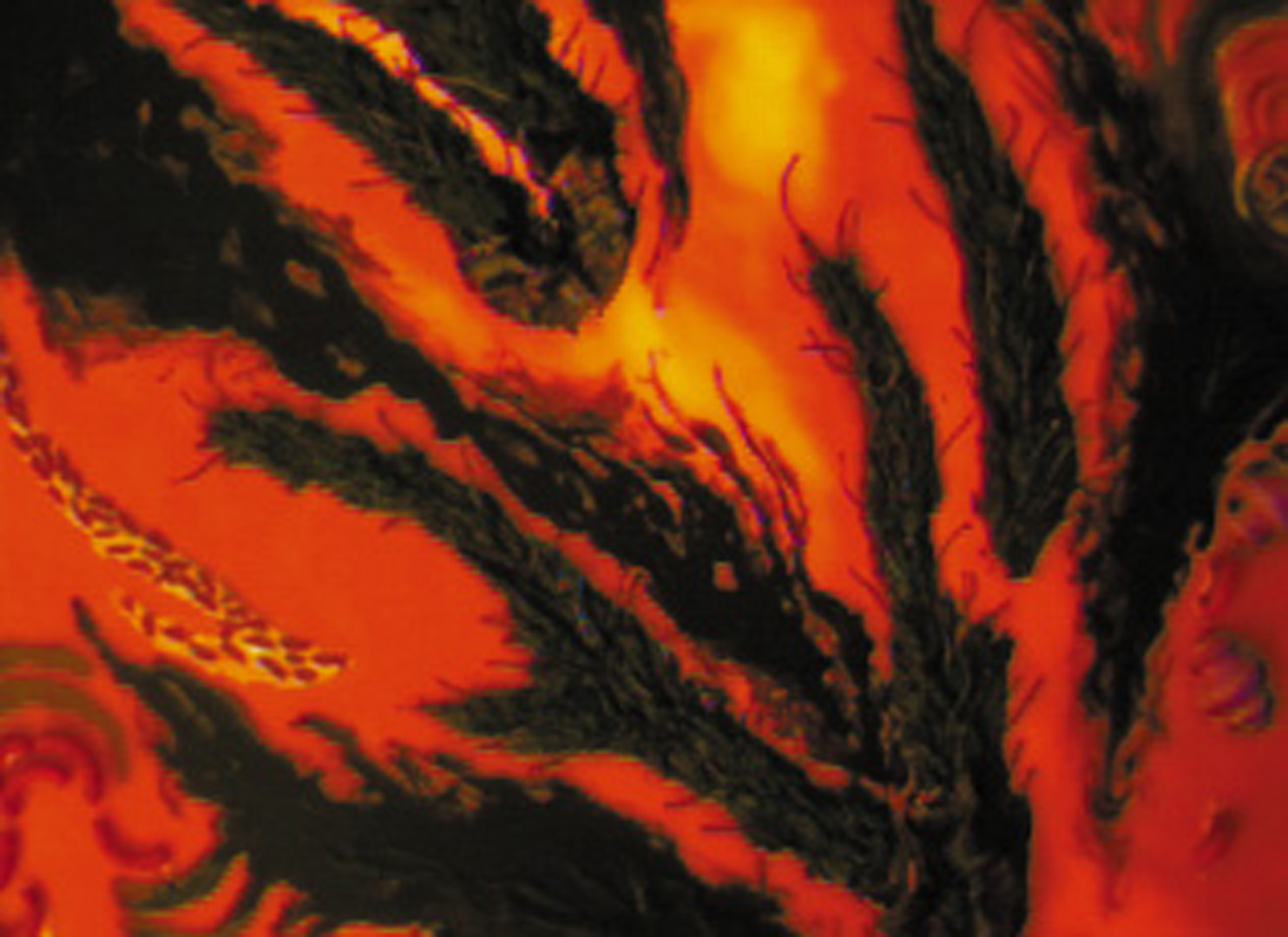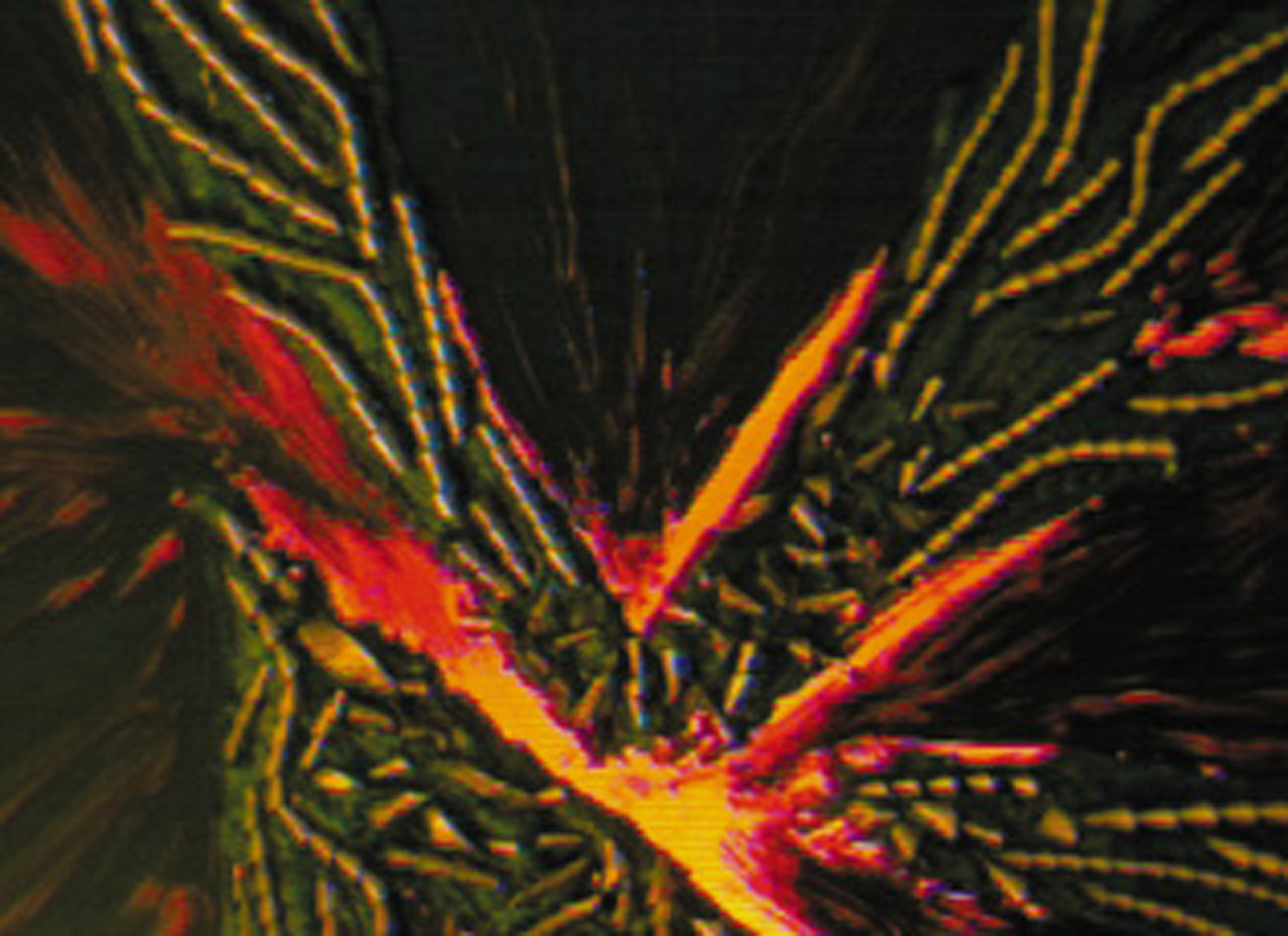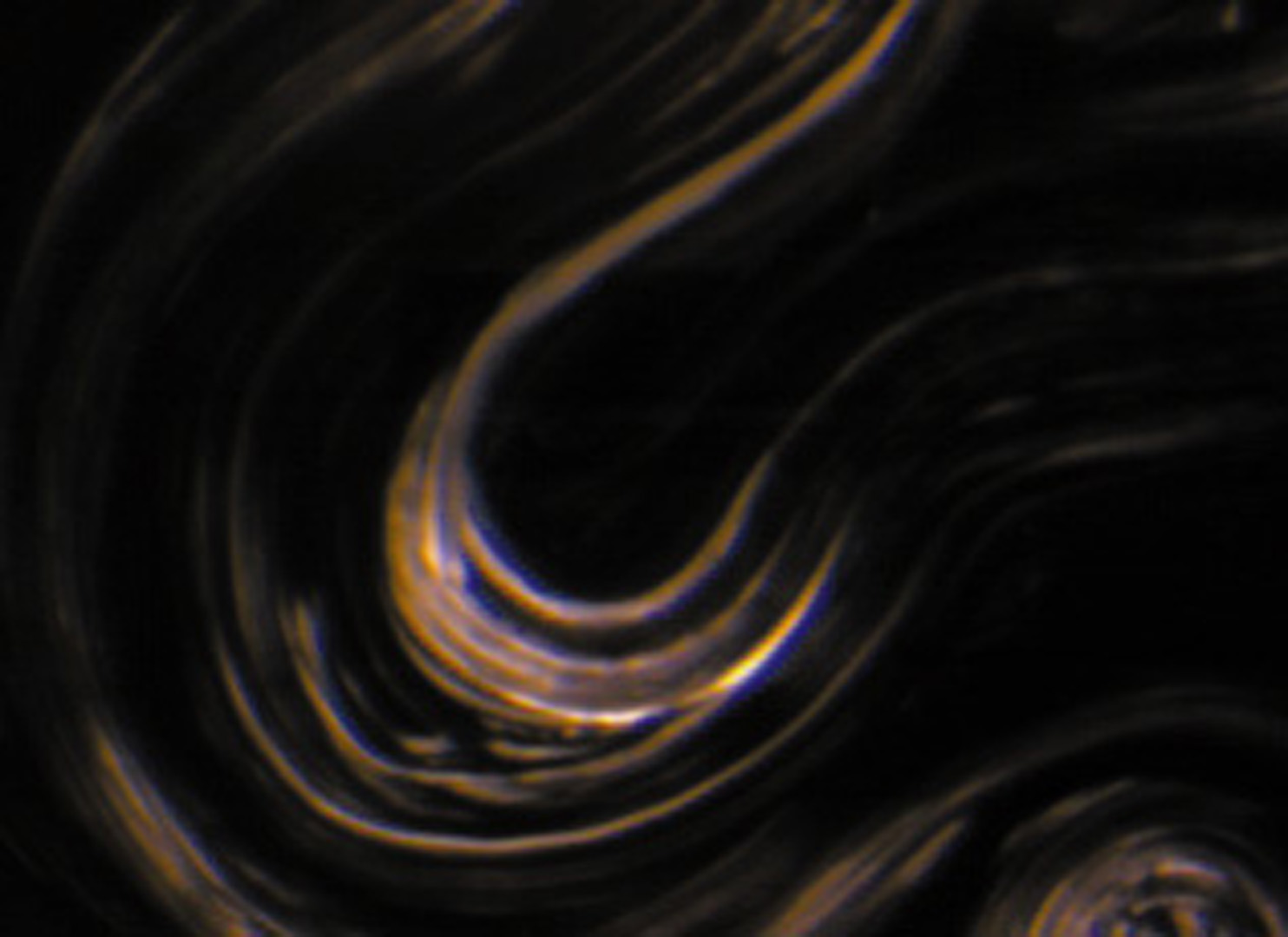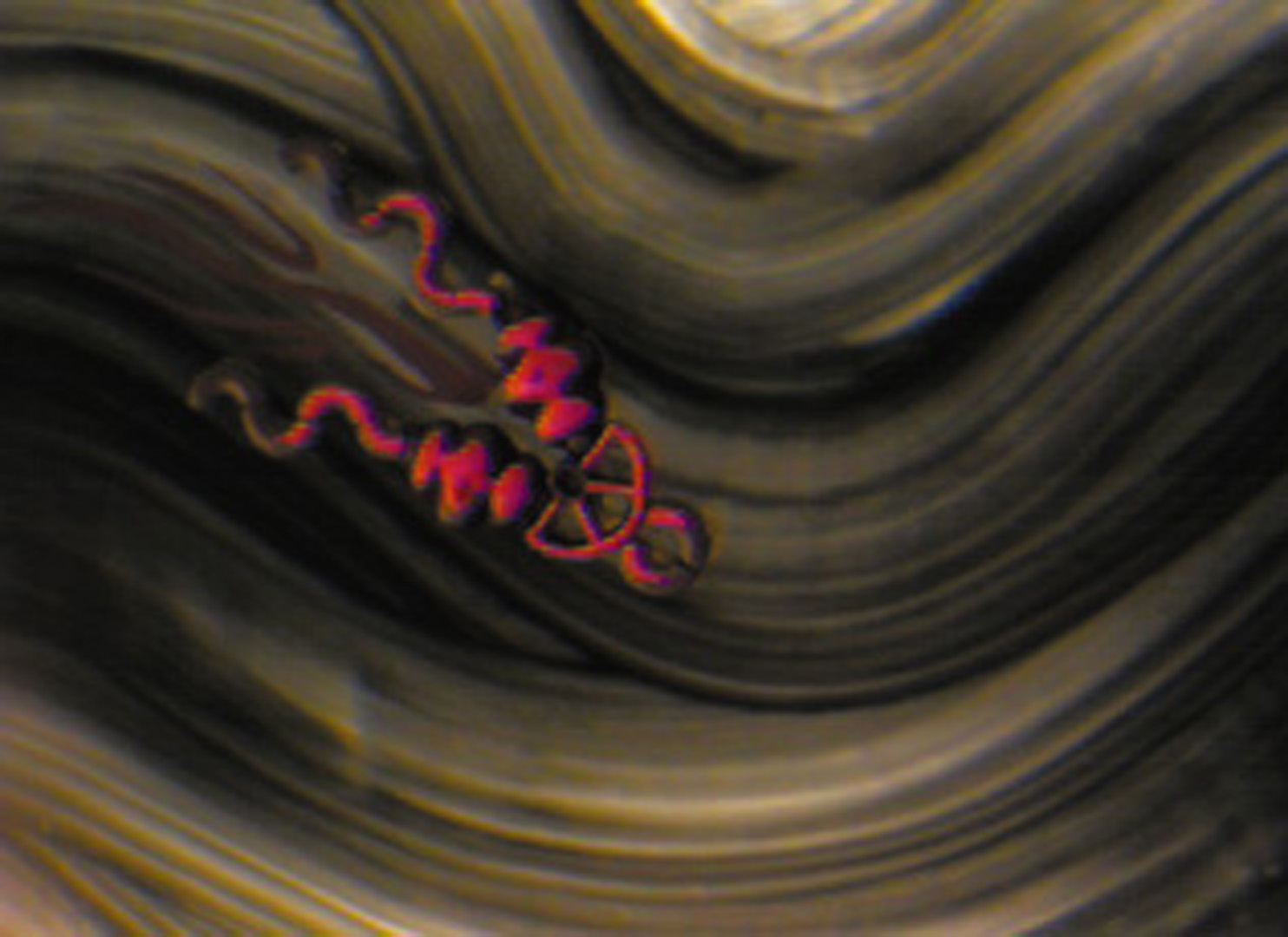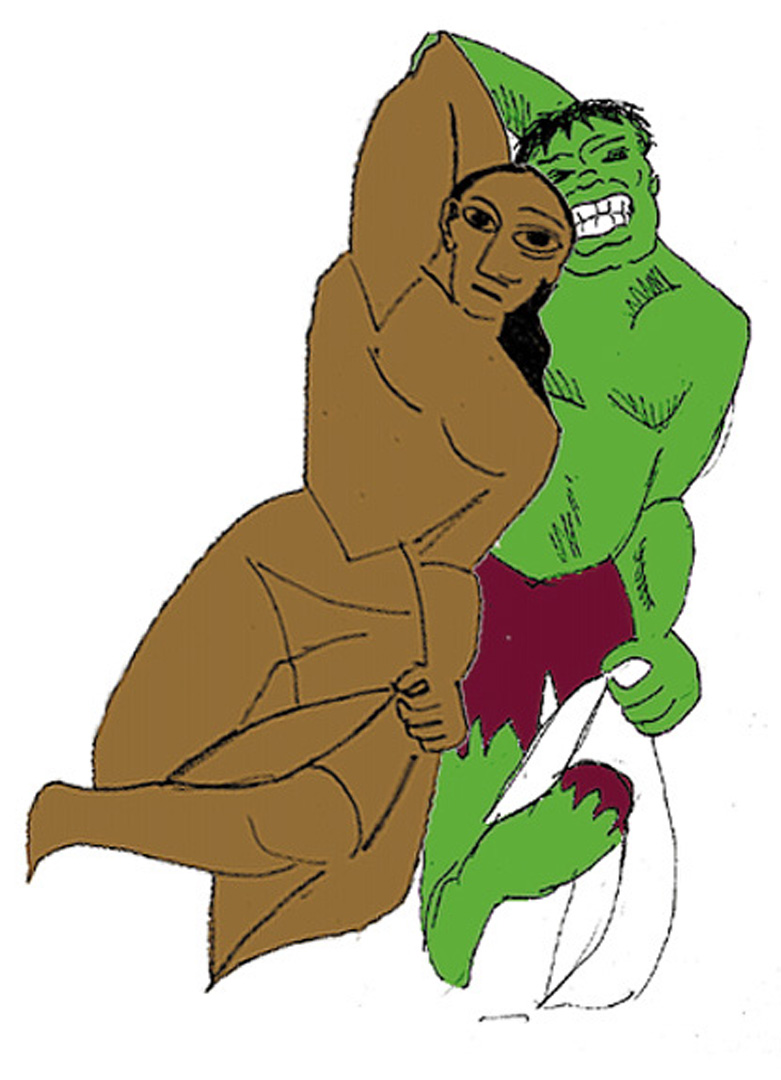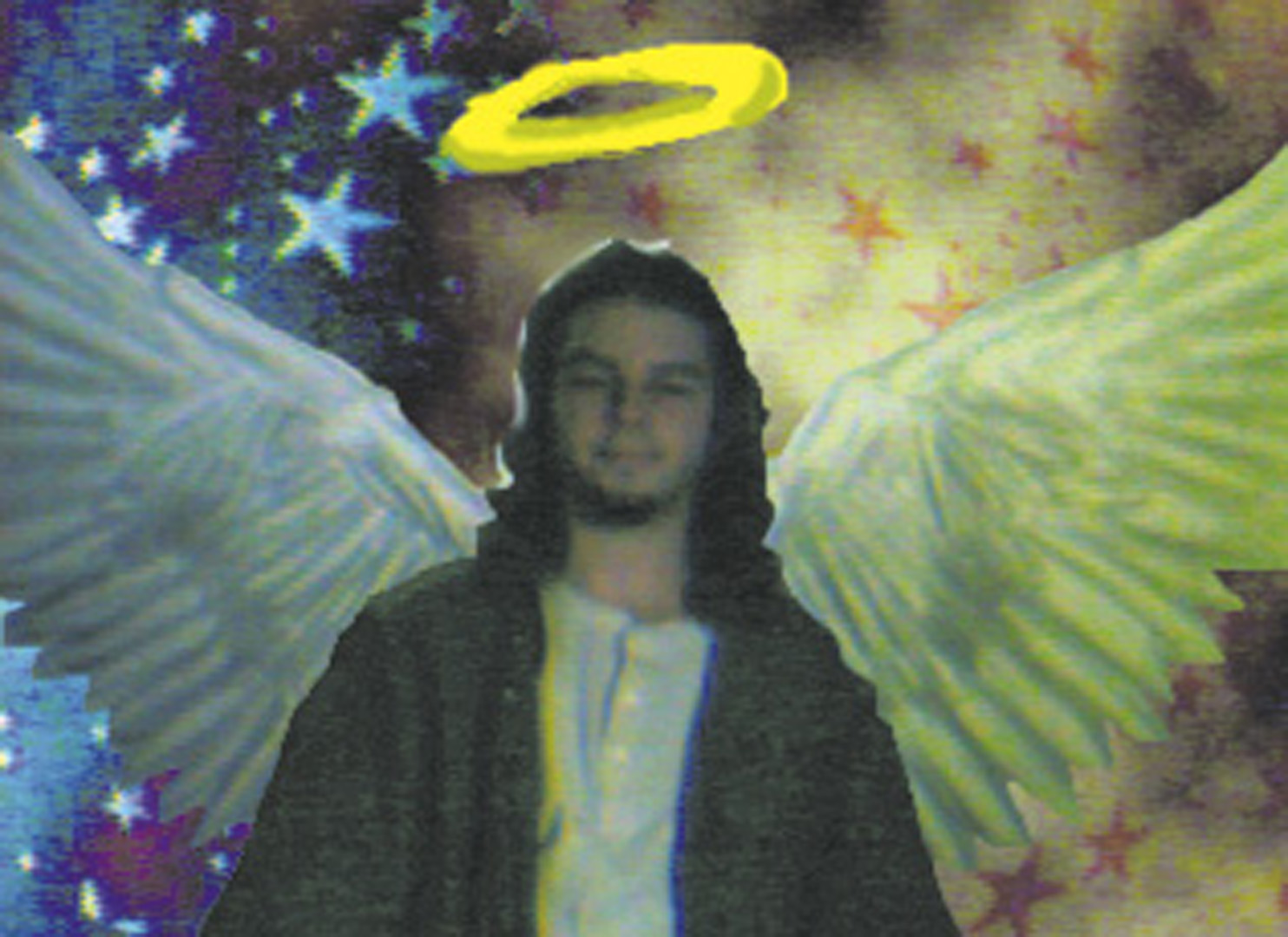“Concept Development for Computer Animators Workshop” by Sullivan and Cumbie-Jones
Conference:
Type(s):
Title:
- Concept Development for Computer Animators Workshop
Presenter(s)/Author(s):
Abstract:
Concept Development for Computer Animators is a workshop for educators who teach time-based media using computers. One of the major problems facing young time-based media students is understanding how to prioritize concept and idea over technology and technique – how to allow technology and technique to support the idea. Without a good idea there is no piece. The workshop addresses issues specific to concept development: how do you take students through a process that will empower them to develop robust concepts that make sense to do using the computer? Participants are introduced to the analogies between computer animation and theater, computer animation and film, and computer animation and sound. Participants are taken through motivational exercises suitable for an animation class and shown examples of work from the concept development class taught at Ringling School of Art and Design.
Teaching computer animation can take many forms, but all teachers tend to struggle with a common problem: how do you teach the technical aspects of the discipline and still have time left for the aesthetics of experimentation and creativity? Paradoxically, our field is perceived as innovative and experimental, yet it is already associated with many clichés and conventions. A primary barrier is the computer animation process itself. In computer animation, the mouse, CPU, and software are interjected between the idea and the result. The challenge is to make the interface a partner rather than a barrier in the process. But too often, students begin posing questions that are third-person neuter: Can it do glass? Can it make ripples? Can it do particle systems? When “it” is referred to as the work, students write themselves out of the process completely. This objectification manifests itself in other ways. Students with a clear technical understanding tend to push to make the software do everything all at once. They apply “lens flare” to every image they create. They program “glowing” buttons for interactivity. They ray-trace glass spheres in reflective rooms till all hours. And they model familiar clichés to learn the tricks of the trade. At the other end of the spectrum, those students who are not familiar with the technology painstakingly move through each demo tutorial. Paralyzed by fear, they never deviate from the path.
So how do you control the extremes and focus on the primary task of making artwork, using the computer as a tool for communicating content?
A creative catalyst is needed to balance curriculum with just the right amount of instruction and experimentation. That catalyst must provide a smooth blending of the technical and conceptual aspects of animating on the computer. There are three basic elements of this overall philosophy: a holistic balance between the conceptual and the technical, a strong emphasis on game theory and experimentation, and a concentration on problem-solving strategies. This workshop introduces participants to motivational exercises suitable for time-based artists, discusses course objectives for developing animation concepts, and concludes with a discussion of the critique process for time-based media.

